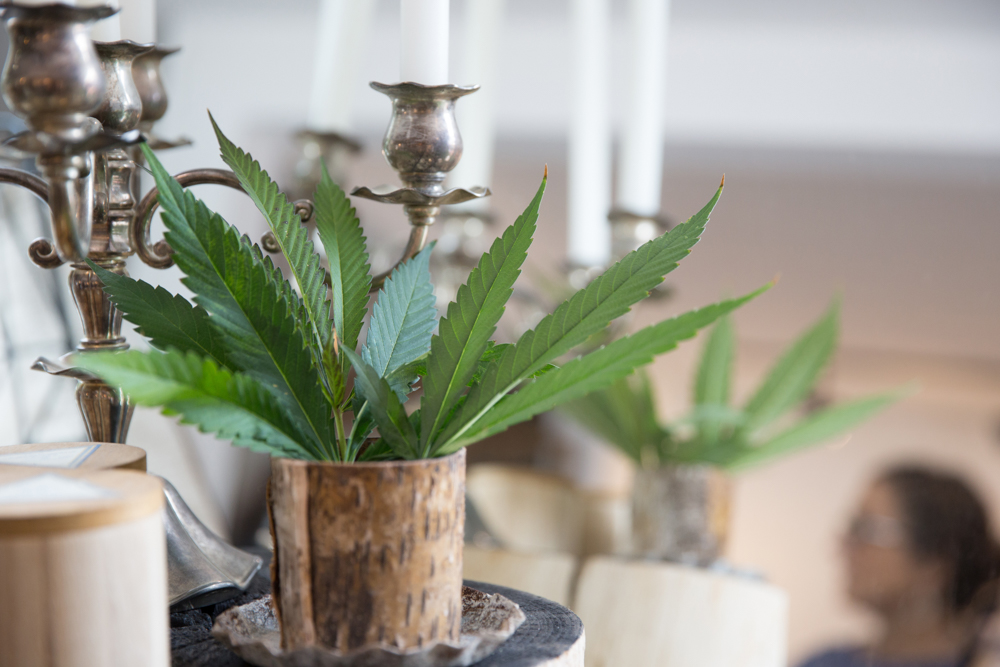Reefer Madness’ and Other Lies
An Old Smear Campaign Demonized Cannabis

Prior to 1914 when California became the first state to make it illegal, cannabis enjoyed an approximate 5,000-year run as the globe’s go-to healing plant. When the federal government outlawed it throughout the land, 29 states and at least 24 countries already had banned it.
Huh? What? Why? Are you sure?
Yes, we are sure. We don’t know what or why, but we can give a glimpse into the how.
Harry Anslinger, the commissioner of the Federal Bureau of Narcotics, authored the Marijuana Tax Act legislation passed by Congress in August 1937. Anslinger and William Randolph Hearst, of media empire and Central California coastal castle fame, created a cannabis smear campaign whose effects still can be felt today. Hearst’s magazines and newspapers served as the perfect propaganda outlets for Anslinger’s sensational, racist, and fictional stories of cannabis driving Americans of color to race mixing, murder, rape, and the insane asylum.
From the vantage point of hindsight being 20/20, history books give the following very simplified reasons for the smear campaign. For government employee Anslinger, Prohibition ended in 1933, and he needed to justify his job. Plus, he was a big fat racist. For tycoon Hearst, it was retribution for Pancho Villa’s army seizing 800,000 acres and one of his ranches during the Mexican Revolution in the early 1900s. (Pancho Villa’s army had the reputation of partaking in cannabis.) It is also theorized that Hearst, a timber magnate, too, had financial incentive to make sure hemp was cleared from the landscape.
This is around the time that the term marijuana came into popular use. Americans knew cannabis because it was available and likely present in some of the medicines they used. By using the foreign term marihuana (that’s how it was spelled then) and pinning its supposed dangerous behaviors to Mexican immigrants, the demonization spread like wildfire.
This is also the time of Reefer Madness, an over-the-top 1936 film on the evils of smoking cannabis. Three drug dealers turn innocent teenagers into reefer addicts. It is a funny movie until you think about its role in denying people the benefits of cannabis and its role in locking up a large number of people in prison. Then, it is quite sobering.
Today, the demonization lingers. Here are a few ways you can help stop it.
• Call it cannabis. Plain and simple. It’s not necessary for you to insist others do the same. In fact, don’t do that. That’s just obnoxious.
• Support legal and compliant cannabis businesses. This has the added benefit of knowing exactly where your cannabis comes from and what’s in it. Know thy grow!
• Learn all you can and all you want. Cultivators are surprising us all the time with new products. Investigate, experiment, or try something new (but only if you want to.
• Talk about it (again, only if you want to). Cannabis is safe, and it is legal. It’s okay to discuss it. It’s okay to ask for it.
In 1996, California led the cannabis pack again, but this time in a different direction, when it became the first state to approve the use of medical marijuana. California voters made it recreationally legal in 2016. Hopefully, soon we’ll be free of any demonization and fully able to exercise our legal right to it.
Let’s keep the learning process going, as an education is never wasted. If you have any cannabis-related questions, please email us at info@kopsun.com.
Author Tina Fanucchi-Frontado and partners Leigh-Anne Anderson and Amy Marie Orozco have formed KopSun to provide education and information to support and safely explore the new cannabis culture. To learn more, visit KopSun.com.



